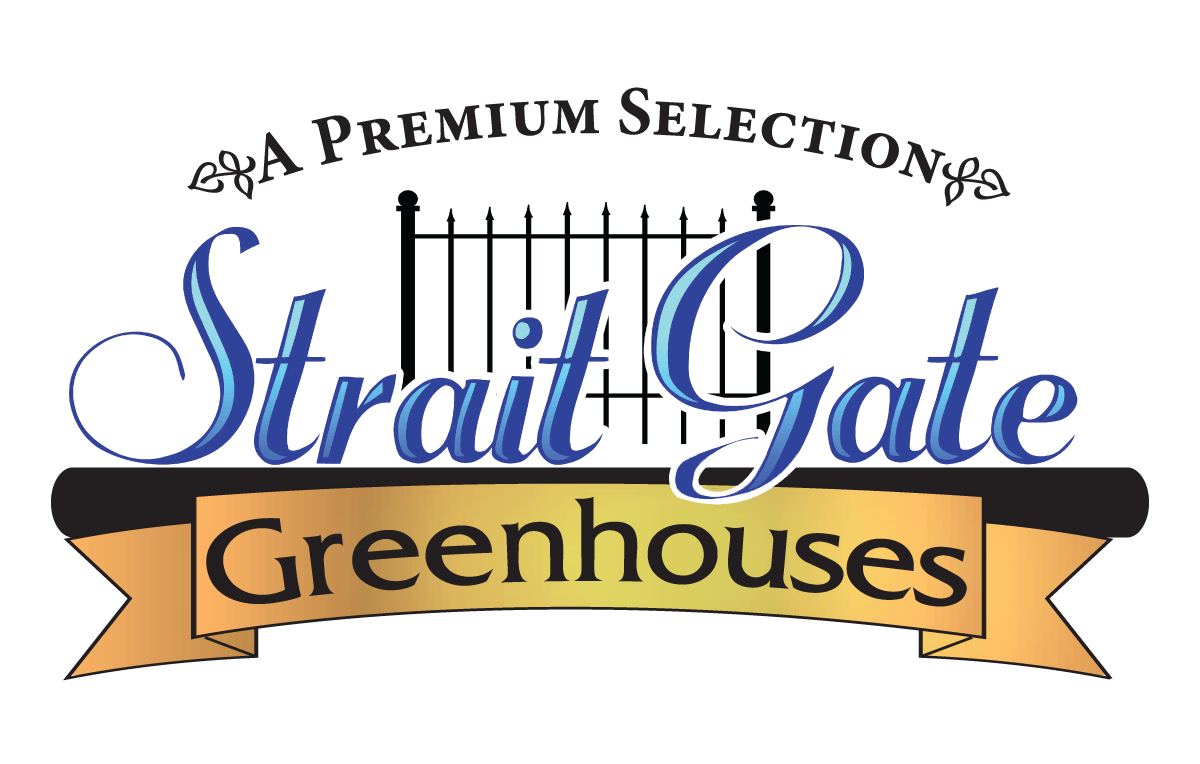Growing Strawberries
GROWING STRAWBERRIES
THE PLANTING SITE Selecting and preparing
Choose an area with rich loam or sandy loam soil. In clay soils, it is ideal to add composted mulch or organic matter to the site. Work up the area well so there is ample loose soil. Avoid poorly drained areas. Soil pH should be in the 6.5 to 6.8 range.
SPACING
Space plants 12” to 18” apart. Rows 3’ to 4’ apart.
18” x 42” spacing = 8,325 plants per acre
24” x 42” spacing = 6,225 plants per acre
18” x 48” spacing = 5,425 plants per acre
PLANTING
Plants can be stored in a cold area (refrigerator, etc.) if you are not ready to plant immediately. If possible, soak the roots briefly before or during planting. Keep moist during planting. Extra long roots can be trimmed down to 5” or 6” with scissors rather than curling them up into the planting hole.
Do not plant too deeply. Tamp soil firmly around the plant. Water well at planting.
IRRIGATION
Newly established strawberry plants need continued moisture all summer long.
FERTILIZING
Do not fertilize at planting. In July or August following planting, apply foliar fertilizer or 1/2 lb. of 10-10-10 fertilizer (or equivalent) per 100 sq. ft. The second year use foliar fertilizer or 1 to 1 1/2 lbs. of 10-10-10 per 100 sq. ft., applied during July or August.
WEED CONTROL
After planting, remove weeds by cultivating weekly. Do not allow weeds to compete with the new plants.
MULCHING
Mulching is necessary, especially in northern states. Mulch keeps fruit clean, conserves moisture, and suppresses weeds. Straw is ideal. Avoid wet, heavy, or decaying mulch. After several hard frosts in fall, apply a layer of straw directly over the plants. A few plant leaves may still be visible. In spring, uncover plants, raking straw into the aisles.
CARING FOR YOUR STRAWBERRY PLANTING
THE FIRST SEASON
Removing Blossoms
Most plants will form blossoms within the first month after they are planted. Removing the entire active blossoms and the stem where they are attached will allow the plants to become better established. June bearing varieties should not be permitted to bear fruit the first summer. Day neutrals can start producing the first fall. The day neutral blossoms should be left to mature on the mother plants after the first of July.
MAINTAINING WEED CONTROL
The primary work of a new strawberry patch is to keep it free of weed competition. Herbicides, hand hoeing, or mechanical cultivation is needed.
ROW SYSTEMS
Plasticulture
Setting the plants on strips of plastic eliminates the need of intense weed control. On the other hand, runner control and irrigation are then considered more involving.
It is best to keep all runners removed in such a system. Only the mother plant is used for production. Plants need to be much closer together when no runners are being established.
Matted Rows
Runner establishment is essential in a matted row system. Runners are randomly spaced or simply allowed to fill the row with young plants.
More production and larger berries can be developed by carefully spacing and limiting the amount of runners to six or less per plant.
FEEDING OR FERTILIZING
Fall Fertilizing
Late summer (early August-early September) are important periods to fertilize for blossom development in next spring’s crop. Irrigate after applying fertilizer or spread if just before a rain. Fertilization during dry, hot weather with no irrigation can seriously damage plants.
WINTER PROTECTION
Straw Cover
Use clean wheat straw for the ultimate winter cover protection. Apply just enough to create a complete layer over the plants and the row middles. A one to two inch thickness is sufficient. Apply when the plants are dormant (leaves start to discolor). Usually around Thanksgiving Day.
Remove slightly, or part away, the heaviest part of the straw over the top of the plants in the spring. It is important to allow enough straw cover for the plants to grow through it and develop most of the berries on top of the straw mulch. This assures in having less fungal diseases and much cleaner fruit.
Courtesy of Schlabach's Nursery. For more information, we recommend David Schlabach's book, Backyard Fruit Production, which we have available for purchase.
